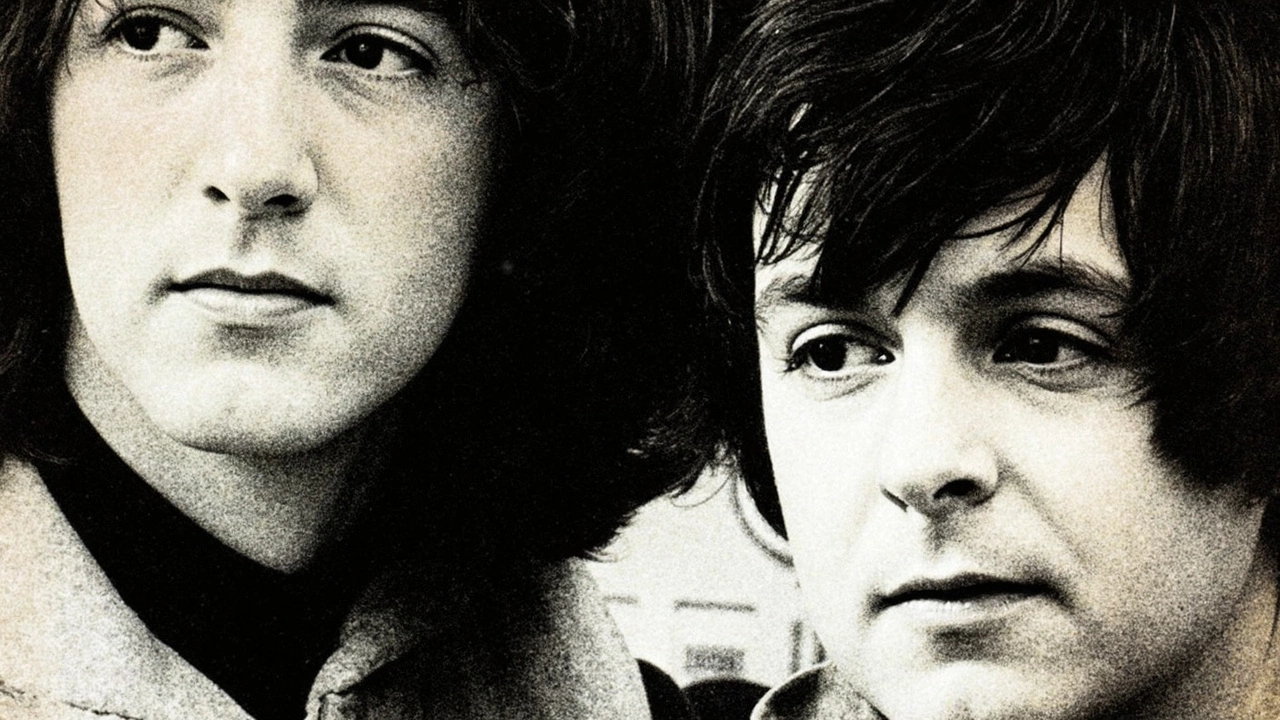The Beatles Fracture: Paul McCartney’s One-Man Band Moment
Here's a scene you probably wouldn't expect from the world's most famous rock group: Paul McCartney, alone in a studio, banging away on the drums, thumping piano keys and belting out rough vocals for “Why Don’t We Do It In The Road?” The year was 1968 and The Beatles were supposed to be a tight unit. Instead, John Lennon and George Harrison were nowhere to be found when McCartney decided to create this track almost entirely by himself—just him and Ringo. The move left Lennon hurt, and for him, it summed up the group’s unraveling connection.
Lennon later talked about watching Paul slip out to the studio to record without consulting the others. Lennon said he enjoyed the track’s wild spirit, but he resented not being asked to play. He felt the exclusion, especially since the group was always stronger together—or so everyone hoped. The irony? Lennon himself had already stepped away from the others on his own projects—he worked on “Revolution 9” and the soft ballad “Julia” without any of the other Beatles. But it stung to be left out when it was Paul at the wheel. After all the years shared in cramped vans and packed stadiums, these solo recording sessions became a red flag for the band’s future.
Solo Projects, Silent Tension and the Endgame
It didn’t help that the studio vibe during the making of the White Album was tense even on a good day. Each Beatles member was pulling in a different direction and their famous camaraderie was fading. Paul, always the perfectionist, could rub Lennon the wrong way with his exacting standards. In return, Lennon would go off on tangents, making music so weird or personal that it didn’t even sound like The Beatles anymore. The rift was growing.
Paul later defended his solo stint on “Why Don’t We Do It In The Road?” by saying it was pure chance—he and Ringo found some free time while the others were caught up with their own projects, so why not record a quick, raunchy blues song? For Paul, it was a burst of energy. But Lennon saw it as a sign that the bond between him and Paul—the songwriting machine that powered The Beatles—was splintering. He didn’t keep his feelings quiet. There was more than a hint of jealousy, hurt pride, and maybe regret that such things were happening in the open.
Of course, McCartney pointed out that Lennon had set his own rules when recording “Revolution 9” and “Julia.” He’d shut other band members out too. If Paul wanted to do something spontaneous, why shouldn’t he? What might look like a small studio spat actually summed up much bigger issues. The balance of control, the fight for creative freedom, and those silent competitions over who could push the band’s sound further—all these things simmered just beneath the surface. And their fans could hear it. By the album’s release, it was clear: the old togetherness was gone. When Lennon later accused some of Paul’s work of being too neat or “too pop,” Paul fired back, reminding Lennon that he’d often made experimental songs nobody else even understood.
This episode with “Why Don’t We Do It In The Road?” wasn’t just about one song. It was the writing on the wall for The Beatles. These were four people who had once finished each other’s sentences and now could barely finish a recording session together. The cracks only got wider from here, right up until the band called it quits. Sometimes, for all the musical magic, you can’t patch a broken partnership with another hit record.
